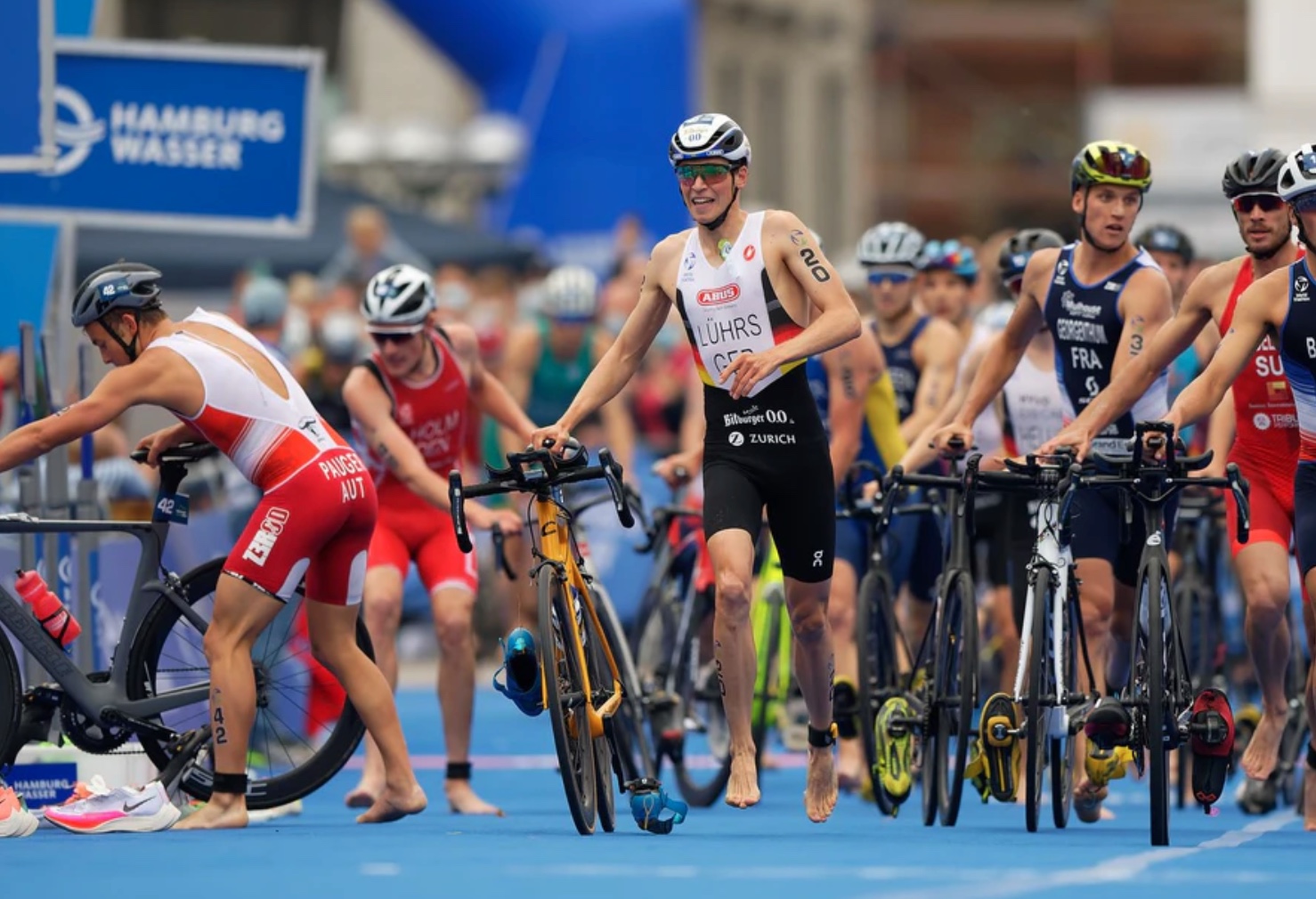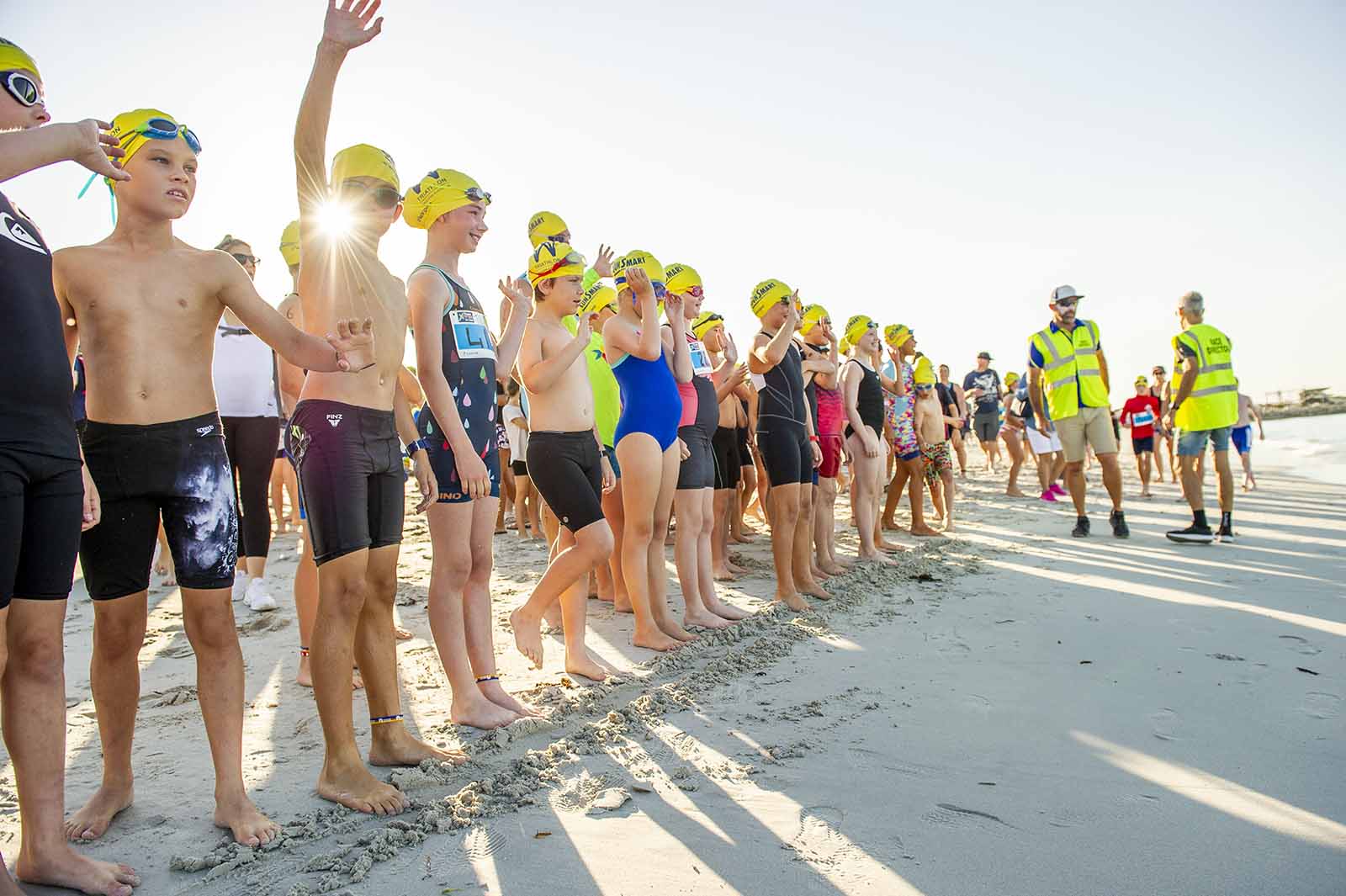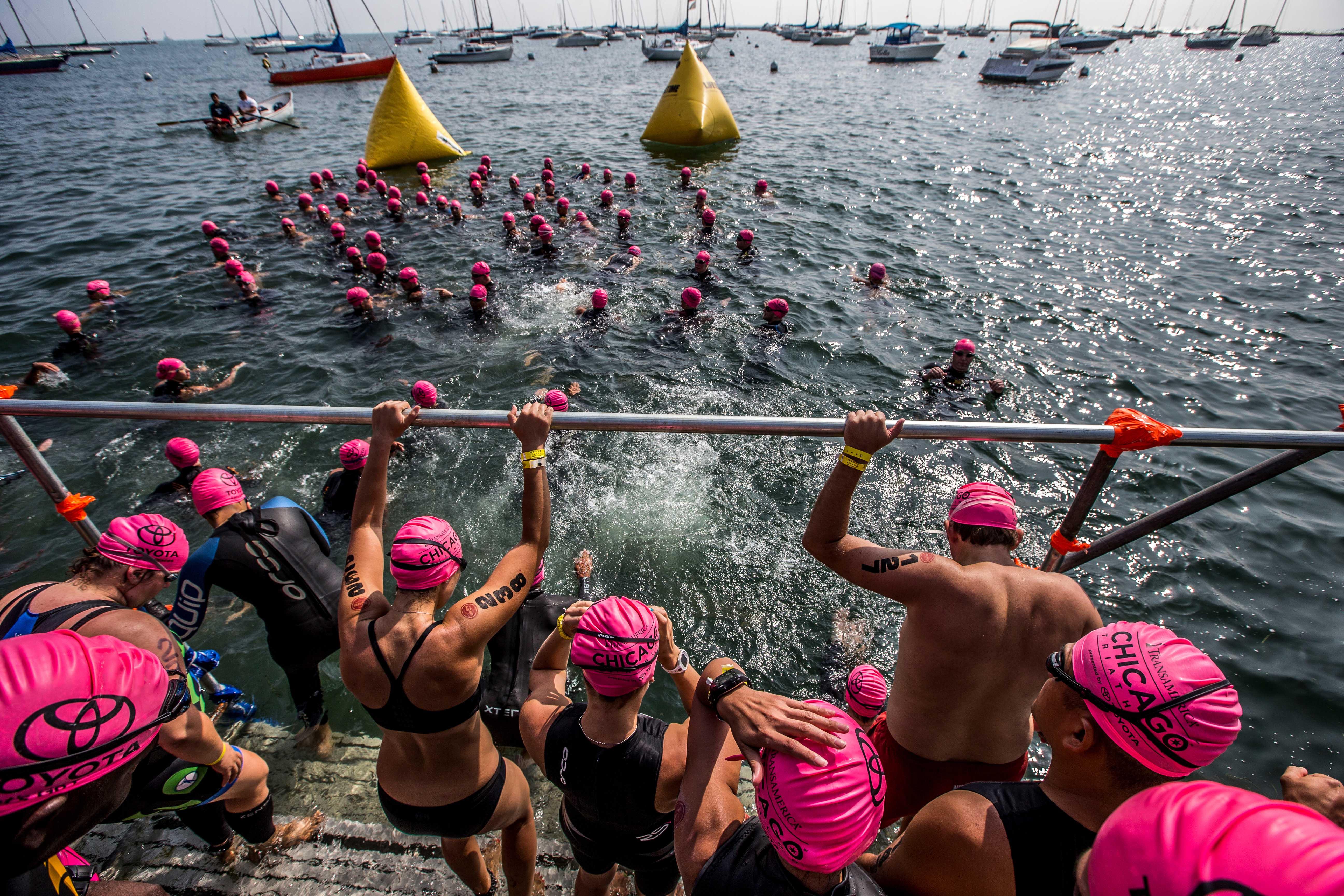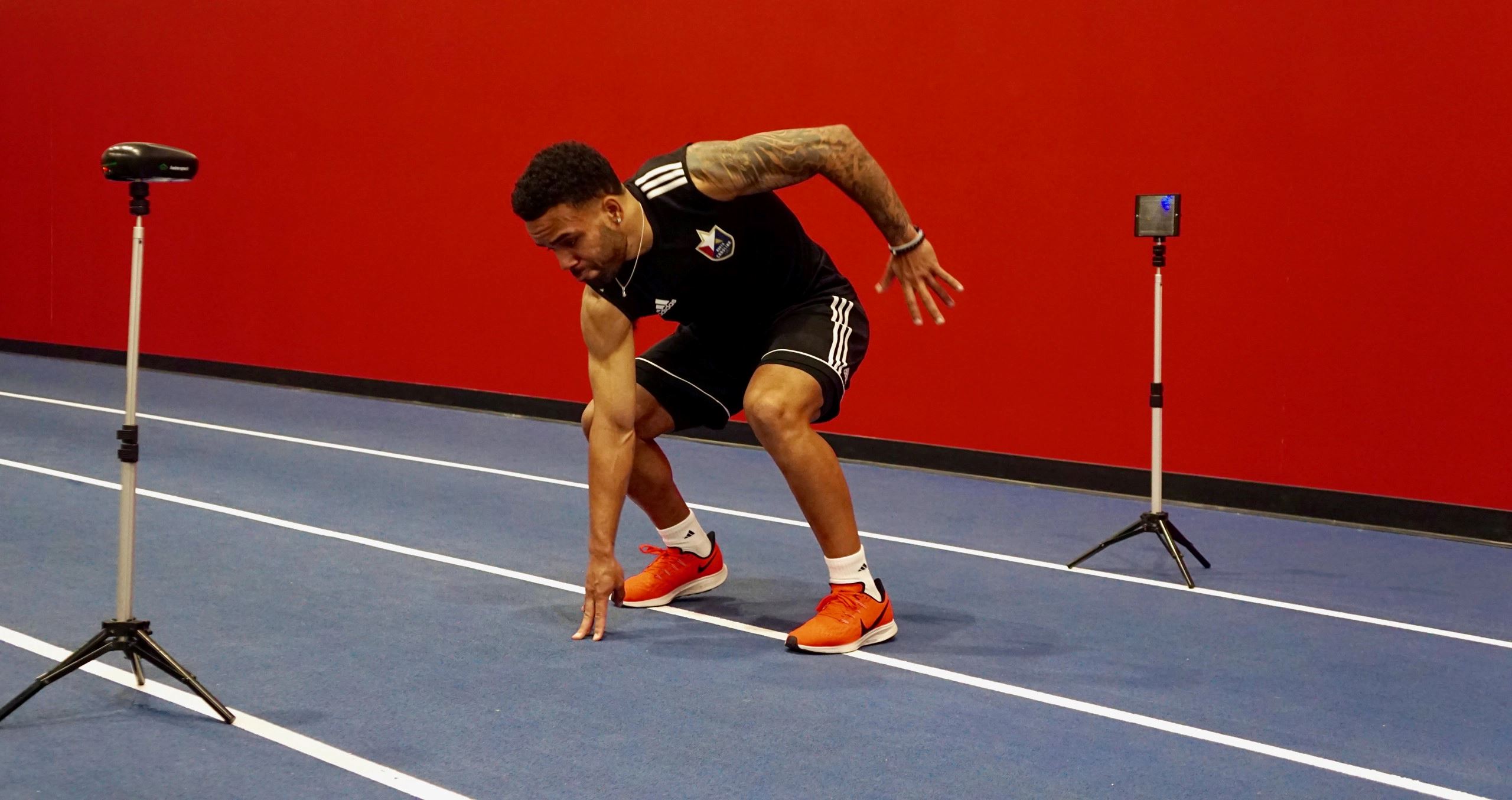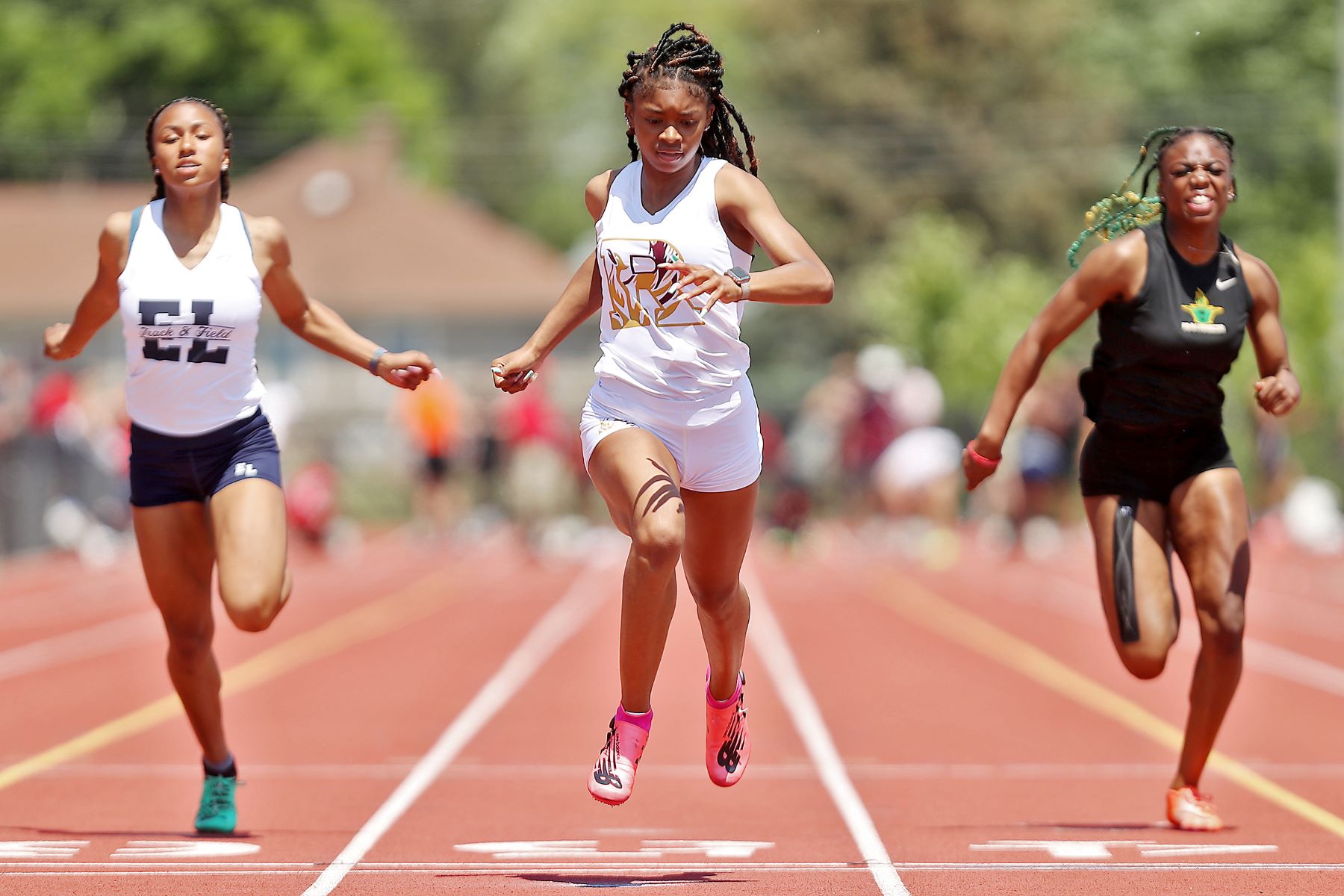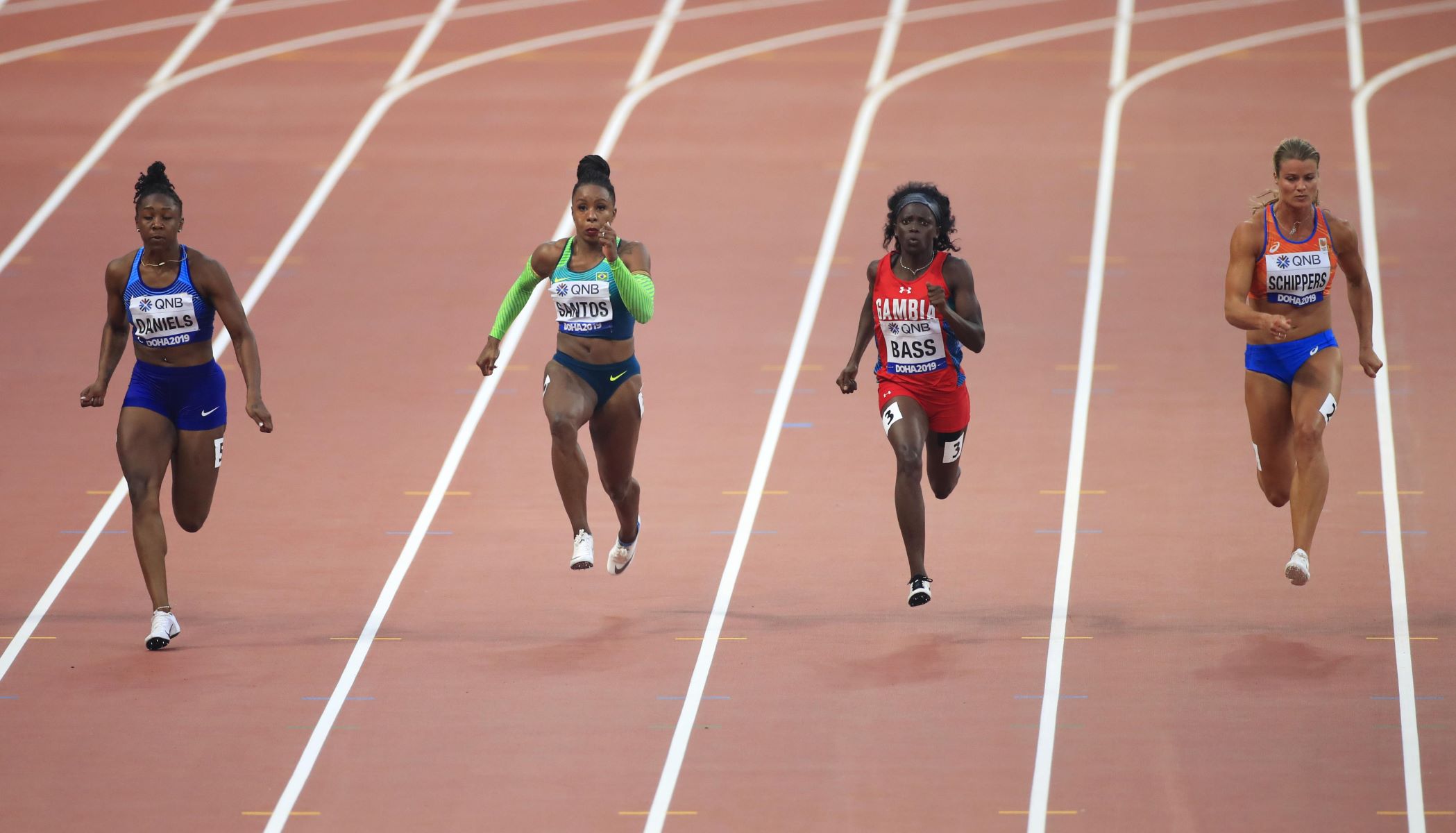

Featured
How Long Is A 300 Meter Sprint
Modified: August 21, 2023
Discover how long it takes to complete a 300 meter sprint, and learn key tips and techniques to improve your speed and performance. Featured: the ultimate guide to sprinting.
Introduction
The 300 meter sprint is a demanding track and field event that requires speed, endurance, and technique. It is an intermediate distance race that falls between the shorter sprints, like the 100 and 200 meters, and the longer middle-distance races, such as the 400 and 800 meters. The 300 meter sprint is a test of both speed and endurance, challenging athletes to maintain a fast pace for a relatively longer distance.
In this article, we will delve into the world of the 300 meter sprint, exploring its unique characteristics and discussing strategies for training and improving performance. Whether you are a track athlete looking to excel in this event, a coach seeking to guide your athletes, or simply curious about the intricacies of sprinting, this article will provide valuable insights.
Understanding the 300 meter sprint requires a basic knowledge of sprinting biomechanics and the energy systems involved. During the race, athletes primarily rely on the anaerobic system, which provides energy for short bursts of intense effort. However, as the distance increases, a significant contribution from the aerobic system becomes necessary to sustain the effort. This combination of anaerobic and aerobic energy production makes the 300 meter sprint a challenging event that demands both speed and endurance.
Additionally, technique plays a crucial role in sprinting. Athletes must strive for efficient running mechanics, including proper posture, arm drive, and leg turnover. These technical aspects can greatly affect speed and efficiency, influencing an athlete’s ability to maintain momentum and cover the 300 meter distance as quickly as possible.
Whether you are a sprinter aiming to break records, or a recreational runner looking to challenge yourself, understanding the nuances of the 300 meter sprint is key to achieving success. In the following sections, we will delve deeper into the training methods, tips, and common mistakes to help you optimize your performance in the 300 meter sprint.
Understanding the 300 Meter Sprint
The 300 meter sprint is a unique event that requires a blend of speed, endurance, and tactical skill. It falls into the category of intermediate distance races, bridging the gap between shorter sprints and longer middle-distance events. Unlike the explosive power required for the shorter sprints, the 300 meter sprint demands a balance between speed and stamina.
When analyzing the 300 meter sprint, it’s crucial to understand the biomechanics and energy systems at play. The race primarily relies on the anaerobic energy system, which supplies energy for quick bursts of intense effort. Sprinters rely on their fast-twitch muscle fibers to generate explosive power and accelerate rapidly.
As the race progresses, the anaerobic system begins to fatigue, and the aerobic energy system becomes increasingly important. The aerobic system provides sustained energy over longer periods by utilizing oxygen to efficiently break down carbohydrates and fat. This shift in energy production highlights the importance of both speed and endurance in the 300 meter sprint.
Furthermore, successful execution of the 300 meter sprint requires proper running mechanics. Sprinters must focus on maintaining an efficient stride length and frequency to maximize speed while conserving energy. A strong arm drive, proper posture, and a quick leg turnover are all essential components of efficient sprinting technique.
Strategic considerations are also crucial in the 300 meter sprint. Sprinters must balance an aggressive start to gain an early advantage while preserving enough energy to finish strong. It is common for sprinters to pace themselves in the opening seconds, gradually building up speed to hit their peak velocity during the middle portion of the race, and then maintaining that speed until the finish line.
Overall, a comprehensive understanding of the 300 meter sprint involves grasping the physiological demands, optimal running technique, and race strategy. It is the delicate balance between speed and endurance that makes this event both mentally and physically challenging for athletes. In the subsequent sections, we will explore training methods, tips, and common mistakes to help you conquer the 300 meter sprint and achieve your best performance.
Training for the 300 Meter Sprint
To excel in the 300 meter sprint, athletes must follow a well-rounded training program that focuses on developing speed, endurance, and technique. Here are some key principles to keep in mind when training for the 300 meter sprint:
1. Interval Training: Interval training is an effective way to improve both speed and endurance. Incorporate high-intensity intervals into your training, alternating between periods of fast running and recovery. For example, sprint at near maximum effort for 200 meters, followed by a slow jog or walk for 200 meters to recover. Repeat this sequence multiple times to build both your anaerobic and aerobic capacity.
2. Tempo Runs: Tempo runs help develop speed endurance, which is crucial for maintaining a fast pace throughout the 300 meter sprint. These runs involve running at a comfortably hard pace for a sustained period, typically around 80-85% of your maximum effort. Aim for distances of 400-600 meters, gradually increasing the volume and intensity as your fitness improves.
3. Strength Training: Strength training plays a vital role in sprinting performance. Focus on exercises that target the muscles used in sprinting, such as squats, lunges, and plyometric exercises. Incorporate explosive movements to enhance power and speed, and remember to include exercises that strengthen the core and improve stability.
4. Technique Work: Devote time to refining your sprinting technique. Work on proper posture, arm drive, and leg turnover. Practice drills such as high knees, butt kicks, and A-skips to improve coordination and stride mechanics. Seeking feedback from a coach or filming yourself can provide valuable insights for technique refinement.
5. Rest and Recovery: Adequate rest and recovery are crucial in any training program. Allow for at least one or two days of rest each week to allow your body to recover and adapt. Listen to your body and avoid overtraining, as it can increase the risk of injury and hinder performance gains.
6. Mental Preparation: The mental aspect of sprinting is often overlooked but is just as important as physical training. Visualize success, build confidence, and practice mental techniques such as positive self-talk and relaxation exercises to help you perform at your best on race day.
Remember, a well-structured training program is essential for success in the 300 meter sprint. Tailor your workouts to your individual needs, gradually increasing volume and intensity over time. By incorporating these training principles into your routine, you can optimize your performance and achieve your goals in the 300 meter sprint.
Tips for Improving 300 Meter Sprint Performance
The 300 meter sprint requires a combination of speed, endurance, and efficient technique. Here are some valuable tips to help you enhance your performance in this challenging event:
1. Focus on Speed Work: Incorporate speed workouts into your training regimen to improve your maximum velocity. Include short sprints, such as 60 and 100-meter dashes, to develop explosive power and stride mechanics. By enhancing your top-end speed, you’ll be able to cover the 300 meters more efficiently.
2. Build Endurance: Alongside speed work, prioritize endurance training to improve your ability to sustain a fast pace throughout the race. Long runs and tempo runs will help increase your aerobic capacity and improve your ability to maintain speed when fatigued.
3. Practice Race-Specific Intervals: Incorporate race-specific intervals into your training, such as 150 and 200-meter repeats. By simulating the demands of the 300 meter sprint during training, you’ll be better prepared for the race itself.
4. Strengthen Your Core: A strong core is essential for maintaining proper posture, stability, and power transfer in sprinting. Include exercises like planks, Russian twists, and medicine ball exercises to strengthen your core muscles.
5. Improve Technique: Work on refining your sprinting technique to maximize efficiency and speed. Focus on maintaining a tall posture, driving your arms back and forth, and increasing your cadence. Film yourself or seek feedback from a coach to identify areas for improvement.
6. Warm Up Properly: Prioritize a thorough warm-up routine before your training sessions and races. Dynamic stretches, light jogging, and strides will help increase blood flow, raise body temperature, and prepare your muscles for optimal performance.
7. Hydration and Nutrition: Proper hydration and nutrition are key for optimal sprinting performance. Drink enough water throughout the day and consume a balanced diet rich in carbohydrates, proteins, and healthy fats. Fueling your body properly will provide the energy and nutrients necessary for peak performance.
8. Mental Preparation: Develop mental techniques to overcome nerves and perform at your best. Visualize successful race scenarios, practice positive self-talk, and embrace a confident mindset. Mental preparation can significantly impact your performance in the 300 meter sprint.
9. Rest and Recovery: Allow for adequate rest and recovery between training sessions to prevent exhaustion and reduce the risk of overuse injuries. Give your body time to repair and adapt, ensuring you come into each training session fresh and ready to perform.
By implementing these tips, you can enhance your performance in the 300 meter sprint. Remember to be consistent, stay focused, and tailor your training to meet your individual needs. With dedication and hard work, you’ll be well on your way to achieving your goals in the 300 meter sprint.
Common Mistakes to Avoid in the 300 Meter Sprint
When training for the 300 meter sprint, it’s important to be aware of common mistakes that can hinder your performance. Avoiding these errors will help you maximize your potential and achieve better results in the race. Here are some common mistakes to watch out for:
1. Starting Too Fast: One of the most common mistakes in the 300 meter sprint is starting too fast. It’s natural to feel the adrenaline rush at the beginning of the race, but going out too hard can lead to early fatigue and loss of momentum. Pace yourself and gradually build up speed to maintain a strong finish.
2. Poor Sprinting Technique: Technique plays a vital role in the 300 meter sprint. Incorrect arm positioning, inefficient stride length, or improper posture can hinder your performance and lead to wasted energy. Focus on maintaining proper form and seek guidance from a coach to improve your technique.
3. Neglecting Strength Training: Many sprinters overlook the importance of strength training in the 300 meter sprint. Building strength in your lower body, core, and upper body can improve your power, stability, and overall sprinting performance. Include exercises like squats, lunges, and plyometrics in your training routine.
4. Skipping Recovery and Rest: Recovery and rest are crucial for muscle repair and growth. Neglecting proper rest can lead to overtraining, increased risk of injury, and hindered performance. Make sure to incorporate rest days into your training schedule, allowing your body to recover and adapt to the demands of sprinting.
5. Inadequate Warm-Up: A thorough warm-up is essential to prepare your muscles, joints, and cardiovascular system for the intense demands of the 300 meter sprint. Skipping warm-up exercises can increase the risk of injury and negatively affect your performance. Prioritize dynamic stretches, drills, and a gradual increase in intensity to prime your body for the race.
6. Lack of Mental Focus: Sprinting is not just about physical strength; it also requires mental focus and concentration. Letting distractions creep in or losing mental clarity during the race can negatively impact your performance. Practice visualization techniques, positive self-talk, and develop mental strategies to stay focused and in control during the 300 meter sprint.
7. Poor Hydration and Nutrition: Proper fueling and hydration are vital for optimal sprinting performance. A lack of hydration can lead to decreased energy levels and impaired muscular function, while inadequate nutrition can cause a decline in overall performance. Prioritize drinking enough water and consuming a balanced diet to support your training and race day performance.
8. Overlooking Recovery Techniques: Recovery techniques, such as foam rolling, stretching, and massages, are often overlooked in sprint training. These techniques can help reduce muscle soreness, improve flexibility, and enhance recovery. Incorporate recovery practices into your training routine to optimize your performance and minimize the risk of injuries.
Avoiding these common mistakes and focusing on proper technique, training, and recovery will greatly benefit your performance in the 300 meter sprint. Take the time to address these areas, seek guidance when needed, and stay consistent in your training. With dedication and attention to detail, you’ll be able to achieve your best performance in the 300 meter sprint.
Conclusion
The 300 meter sprint presents a unique challenge for athletes, requiring a delicate balance of speed, endurance, and technique. By understanding the biomechanics, energy systems, and race strategies specific to the 300 meter sprint, athletes can optimize their performance in this dynamic event.
Throughout this article, we explored the key components involved in the 300 meter sprint, including the importance of speed, endurance, and efficient technique. We discussed various training methods, such as interval training, tempo runs, and strength exercises, to help athletes develop the necessary skills and physical qualities needed for success.
We also provided valuable tips for improving 300 meter sprint performance, emphasizing the significance of speed work, building endurance, maintaining proper sprinting technique, and addressing factors like hydration, nutrition, mental preparation, and recovery techniques.
Furthermore, we highlighted common mistakes to avoid in the 300 meter sprint, such as starting too fast, neglecting strength training, inadequate warm-up, and poor mental focus. By being mindful of these mistakes and implementing proper training strategies, athletes can overcome obstacles and drive their performance to new heights.
In conclusion, the 300 meter sprint demands a careful blend of speed, endurance, technique, and mental fortitude. By following a well-rounded training program, focusing on key areas of improvement, and avoiding common mistakes, athletes can maximize their potential and achieve success in this exciting event.
So, whether you are an aspiring sprinter looking to excel in the 300 meter race, a coach seeking to guide your athletes, or simply interested in the intricacies of sprinting, take these insights and apply them to your training. With dedication, hard work, and a strategic approach, you can unlock your full potential and make your mark in the 300 meter sprint.
